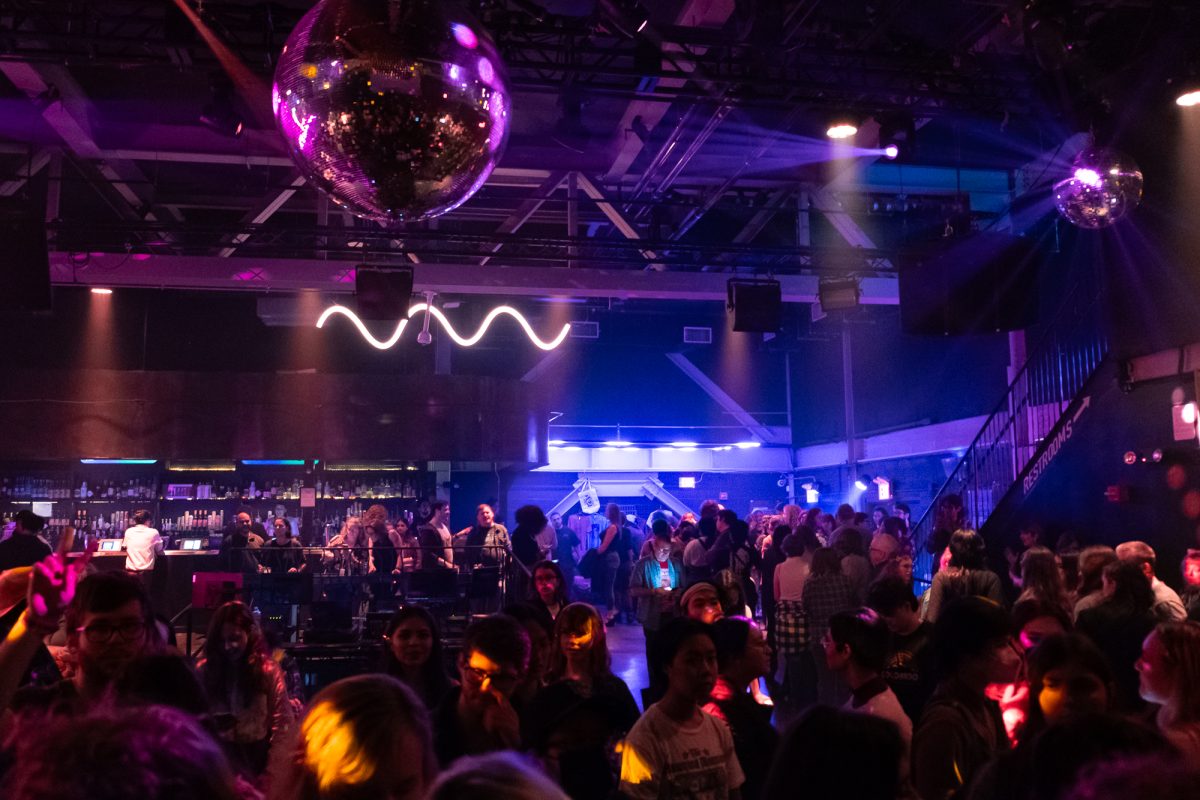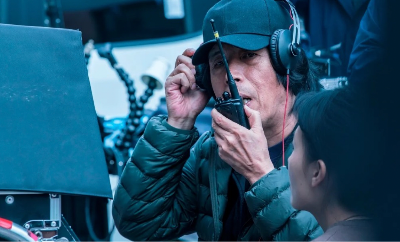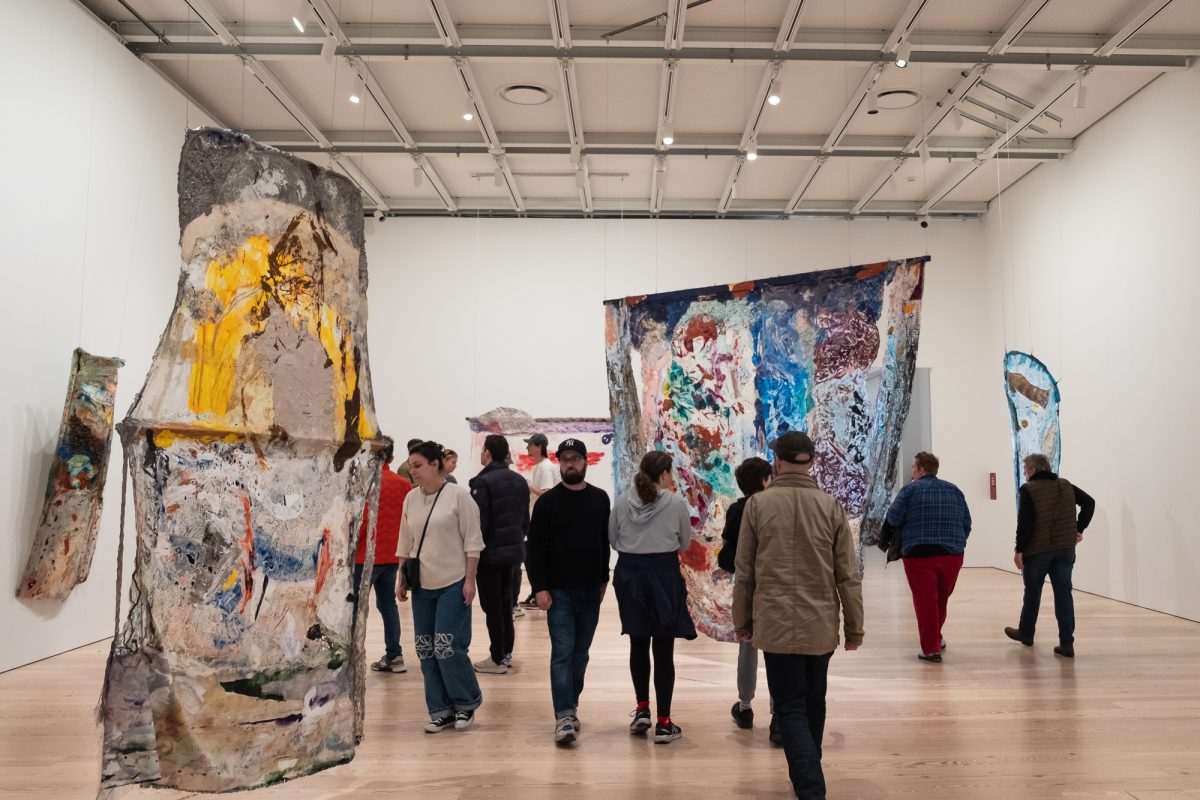On-Screen Talent Needs to Start Looking More Like the Viewing Public

September 21, 2016
Last weekend’s Emmy Awards recognized this year’s best television programs, and unlike the Oscars, the winners were fairly diverse. From “Transparent” to “The People v. O.J Simpson: An American Crime Story” to “Master of None,” the TV industry has championed inclusiveness in entertainment while preserving quality and viewership. Many have urged Hollywood to follow suit, but controversial casting decisions continue to make headlines. For the film industry, casting actors to fit roles of color has proven to be difficult. But instead of focusing just on casting, observers should realize that there is a greater battle to be fought here. Viewers must also demand original films with nontraditional diversity.
Suppose a newly released film told the story of three friends facing life in New York City. The image that comes to mind is of three straight, white men or women with occasional appearances from gay people, trans people and people of color. We don’t have to watch the film to know that the personalities of the minority actors will be stereotypical. While in comparison the lifestyles, hobbies and challenges of the white characters will be more unique. Changing these cookie-cutter plots should be the main focus of activists in the industry.
Actors complain, and not without reason, that roles offered to them are all the same, predetermined by their appearance. Asian actors who refuse to don a doctor’s lab coat have few options. Young gay men are tired of auditioning for the role of the flamboyant gay friend. Black women need to be sassy to get a part. Viewers may shrug off these grievances as petty, but continuing such practices have immense consequences on American youth. Should the industry begin casting actors and actresses of color who do not fit the gender binary, young viewers who feel restricted in their everyday life can go to the movies to witness people like them refusing to be relegated to stereotypes. Such films can help to diversify a homogeneous world while also offering respite.
Audiences in the United States look incredibly different than they did 50 years ago. Reflecting this evolution in onscreen entertainment would be both appropriate and lucrative for studios hungry for more diverse audiences. Shonda Rhimes, for example, has created shows with diverse casts where plots do not depend on the leads’ minority status but rather discuss the impact of their different backgrounds. By welcoming these kinds of productions as the new normal, studios can cater to a growing market of younger viewers.
Acting, by definition, implies that a person will be playing a character that differs from their real-life persona. Casting directors who whitewash characters or give trans roles to cis actors deserve criticism, especially when the merciless industry leaves them no choice but to accept these roles. But when stars research their roles and bring attention to a good cause, nobody should really object. What matters more is demanding more possibilities for diverse actors on TV and especially in film.
Opinions expressed on the editorial pages are not necessarily those of WSN, and our publication of opinions is not an endorsement of them.
Email Akshay Prabhushankar at [email protected].












































































































































